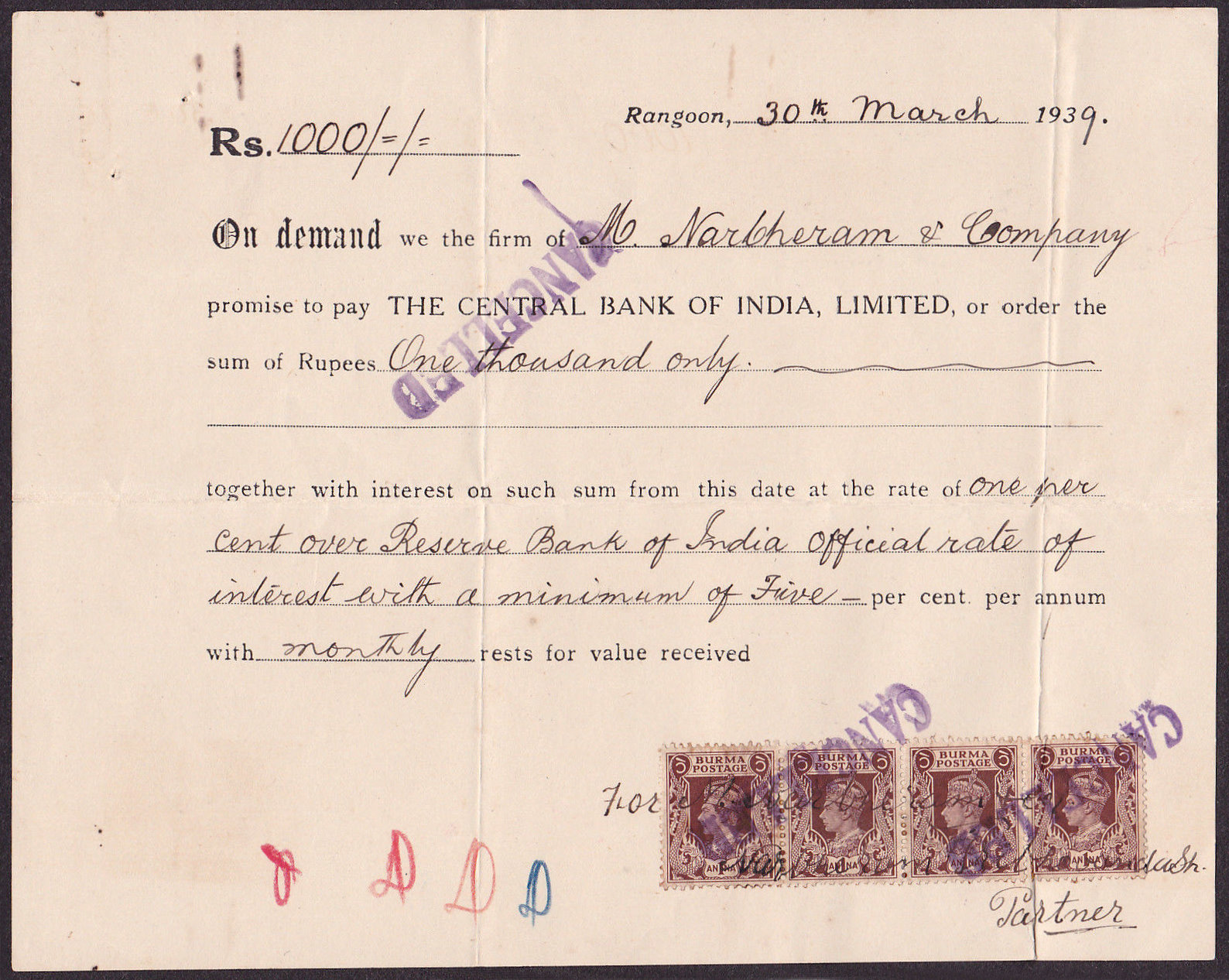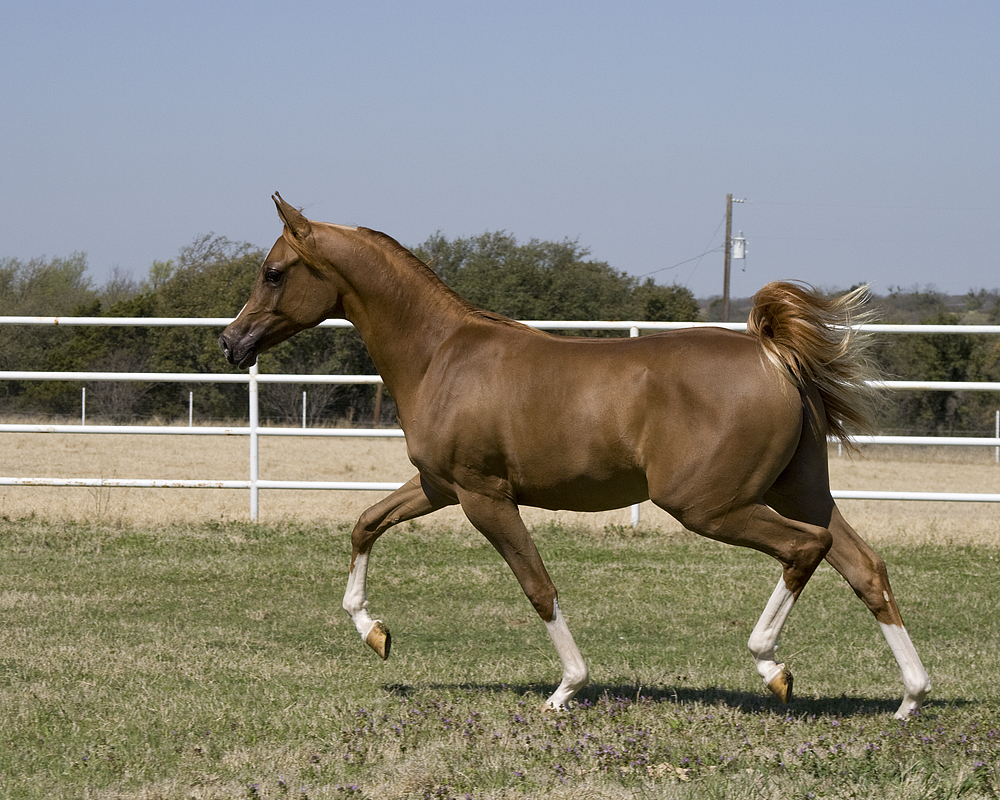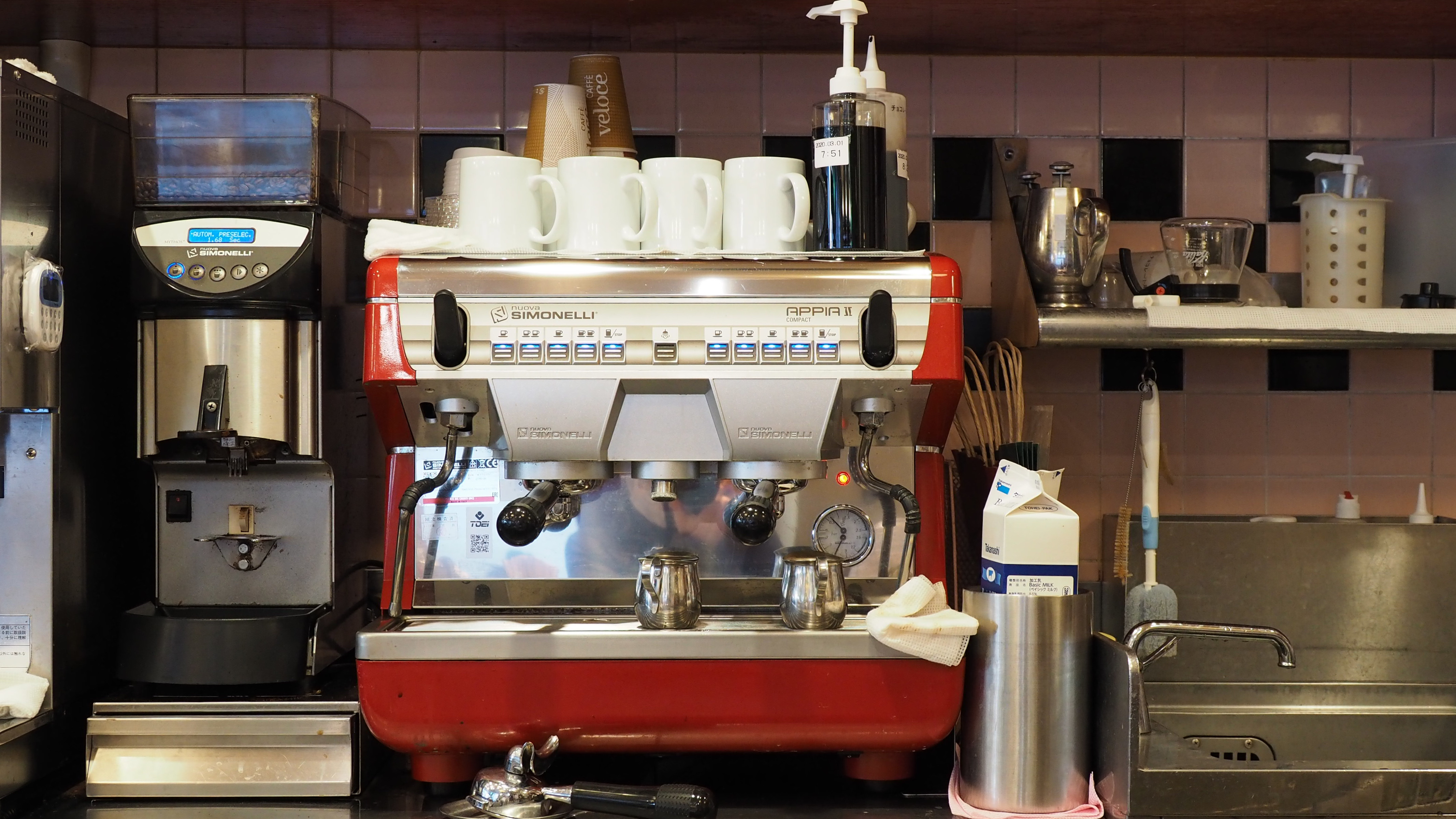|
Allonge
An allonge (from French ''allonger'', "to draw out") is a slip of paper affixed to a negotiable instrument, as a bill of exchange, for the purpose of receiving additional endorsements for which there may not be sufficient space on the bill itself. An endorsement written on the allonge is deemed to be written on the bill itself. An allonge is more usually met with in countries using the Napoleonic Code, as the code requires every endorsement to express the consideration. Under English law, the simple signature of the endorser on the bill, without additional words, is sufficient to operate as a negotiation and so an allonge is seldom necessary. Other uses ;Allonge *In chemistry, an allonge is a dated French term for a separatory column. *In hairdressing, an allonge is a wig with locks of hair reaching to the shoulders. ;Allongé *In coffee preparation, a café allongé is a 'long' (drawn out) espresso shot, known as a caffè lungo in Italian. *In dressage, an allongé is a l ... [...More Info...] [...Related Items...] OR: [Wikipedia] [Google] [Baidu] |
Negotiable Instrument
A negotiable instrument is a document guaranteeing the payment of a specific amount of money, either on demand, or at a set time, whose payer is usually named on the document. More specifically, it is a document contemplated by or consisting of a contract, which promises the payment of money without condition, which may be paid either on demand or at a future date. The term has different meanings depending on the use of the term as it is used in the application of different laws, and depending in which country and context it is used. Concept of negotiability William Searle Holdsworth defines the concept of negotiability as follows: #Negotiable instruments are transferable under the following circumstances: they are transferable by delivery where they are made payable to the bearer, they are transferable by delivery and endorsement where they are made payable to order. #Consideration is presumed. #The transferee acquires a good title, even though the transferor had a defective or n ... [...More Info...] [...Related Items...] OR: [Wikipedia] [Google] [Baidu] |
Apostille
The Convention of 5 October 1961 Abolishing the Requirement of Legalisation for Foreign Public Documents, also known as the Apostille Convention, is an international treaty drafted by the Hague Conference on Private International Law (HCCH). It is intended to simplify the procedure through which a document, issued in one of the contracting states, can be certified for legal purposes in all the other contracting states. A certification under the Convention is called an apostille or Hague apostille (from French ''apostille'', meaning a marginal or bottom note, from Latin ''post illa'', literally "after those ords of the text).Apostille Handbook Hague Conference on Private International Law, 2013. It is an international certification comparable to a [...More Info...] [...Related Items...] OR: [Wikipedia] [Google] [Baidu] |
Dressage
Dressage ( or ; a French term, most commonly translated to mean "training") is a form of horse riding performed in exhibition and competition, as well as an art sometimes pursued solely for the sake of mastery. As an equestrian sport defined by the International Equestrian Federation, dressage is described as "the highest expression of horse training" where "horse and rider are expected to perform from memory a series of predetermined movements." Competitions are held at all levels from amateur to the Olympic Games and World Equestrian Games. Its fundamental purpose is to develop, through standardized progressive training methods, a horse's natural athletic ability and willingness to perform, thereby maximizing its potential as a riding horse. At the peak of a dressage horse's gymnastic development, the horse responds smoothly to a skilled rider's minimal aids. The rider is relaxed and appears effort-free while the horse willingly performs the requested movement. The discipli ... [...More Info...] [...Related Items...] OR: [Wikipedia] [Google] [Baidu] |
Collegatary
In civil law, a collegatary is a person to whom is left a legacy, as imparted by a will, in common with one or more other individuals; so called as being a joint legatary, or co-legatee. See also * Barratry *Condonation *Allonge An allonge (from French ''allonger'', "to draw out") is a slip of paper affixed to a negotiable instrument, as a bill of exchange, for the purpose of receiving additional endorsements for which there may not be sufficient space on the bill itself ... References * *"Collegatary". ''Oxford English Dictionary''. Oxford University Press. 2nd ed. 1989. {{law-stub Civil law (common law) ... [...More Info...] [...Related Items...] OR: [Wikipedia] [Google] [Baidu] |
Fencing
Fencing is a group of three related combat sports. The three disciplines in modern fencing are the foil, the épée, and the sabre (also ''saber''); winning points are made through the weapon's contact with an opponent. A fourth discipline, singlestick, appeared in the 1904 Olympics but was dropped after that and is not a part of modern fencing. Fencing was one of the first sports to be played in the Olympics. Based on the traditional skills of swordsmanship, the modern sport arose at the end of the 19th century, with the Italian school having modified the historical European martial art of classical fencing, and the French school later refining the Italian system. There are three forms of modern fencing, each of which uses a different kind of weapon and has different rules; thus the sport itself is divided into three competitive scenes: foil, épée, and sabre. Most competitive fencers choose to specialize in one weapon only. Competitive fencing is one of the five activitie ... [...More Info...] [...Related Items...] OR: [Wikipedia] [Google] [Baidu] |
Bulverde, Texas
Bulverde ( ) is a city in Comal County, Texas, United States. Bulverde is known for its small-town, slow pace of life, coupled with the German emigrant history of the town's founders. Bulverde was originally named Piepers Settlement after a prominent German pioneer. Its population was 5,692 at the 2020 census, up from 4,630 at the 2010 census. It is part of the San Antonio metropolitan statistical area. Geography Bulverde is located in western Comal County at , about north of downtown San Antonio. U.S. Route 281 passes through the east side of Bulverde, leading south to San Antonio and north to Blanco. Cibolo Creek, which forms the Comal County/Bexar County line, runs just south of Bulverde. According to the United States Census Bureau, the city has a total area of , of which , or 0.09%, is covered by water. Demographics As of the 2020 United States census, 5,692 people, 1,885 households, and 1,534 families were residing in the city. As of the census of 2000, 3,761 people, ... [...More Info...] [...Related Items...] OR: [Wikipedia] [Google] [Baidu] |
Trot
The trot is a ten-beat diagonal horse gait where the diagonal pairs of legs move forward at the same time with a moment of suspension between each beat. It has a wide variation in possible speeds, but averages about . A very slow trot is sometimes referred to as a jog. An extremely fast trot has no special name, but in harness racing, the trot of a Standardbred is faster than the gallop of the average non- racehorse, and has been clocked at over . On June 29, 2014, at Pocono Downs in Pennsylvania the Swedish standardbred Sebastian K trotted a mile in 1 minute, 49 seconds (quarters were passed at 26:2, 55:3 and 1,21:4). This is equivalent to a 1000-pace in 1.07,7 or 53.14 kilometers per hour or 33 miles per hour. From the standpoint of the balance of the horse, the trot is a very stable gait and does not require the horse to make major balancing motions with its head and neck.Harris, Susan E. ''Horse Gaits, Balance and Movement'' New York: Howell Book House 1993 pp. 35–37 D ... [...More Info...] [...Related Items...] OR: [Wikipedia] [Google] [Baidu] |
Rein
Reins are items of horse tack, used to direct a horse or other animal used for riding. They are long straps that can be made of leather, nylon, metal, or other materials, and attach to a bridle via either its bit or its noseband. Use for riding Reins are used to give subtle commands or cues, also known as rein aids. Various commands may signal a turn, ask for a slower speed, request a halt or rein back. Rein aids are used along with leg aids, shifting of body weight, and sometimes voice commands. Harness reins On some types of harnesses there might be supporting rings or "terrets" used to carry the reins over the animal's back. When pairs of equines are used in drawing a wagon or coach it is usual for the outer side of each pair to be connected to the reins and for the inside of the bits to be connected between the pair of horses by a short bridging strap or rope. The driver carries "four-in-hand" or "six-in-hand" being the number of reins connecting to the pairs. O ... [...More Info...] [...Related Items...] OR: [Wikipedia] [Google] [Baidu] |
Lungo
Lungo (Italian for "long") is a coffee beverage made by using an espresso machine to make an Italian-style coffee – short black (a single espresso shot) with more water (generally twice as much), resulting in a larger coffee, a ''lungo''. A normal serving of espresso takes from 18 to 30 seconds to pull, and fills 25 to 60 millilitres, while a lungo may take up to a minute to pull, and might fill 130 to 170 millilitres. Extraction time of the dose is determined by the variety of coffee beans (usually a blend of Arabica and Robusta), their grind and the pressure of the machine. It is usually brewed using an espresso machine but with two or three times the amount of water to the same weight of coffee to make a much longer drink. In French it is called . Related beverages A ''caffè lungo'' should not be mistaken for a ''caffè americano'' (an espresso with hot water added to it) or a long black (hot water with a short black added to it, which is the inverse order to an America ... [...More Info...] [...Related Items...] OR: [Wikipedia] [Google] [Baidu] |
Espresso
Espresso (, ) is a coffee-brewing method of Italian origin, in which a small amount of nearly boiling water (about ) is forced under of pressure through finely-ground coffee beans. Espresso can be made with a wide variety of coffee beans and roast degrees. Espresso is the most common way of making coffee in southern Europe, especially in Italy, France, Spain, and Portugal. It is also popular in Switzerland, Croatia, Bosnia and Herzegovina, Bulgaria, Greece, South Africa, the United Kingdom, the United States, Canada, Australia and New Zealand. Espresso is generally thicker than coffee brewed by other methods, with a viscosity similar to that of warm honey. This is due to the higher concentration of suspended and dissolved solids, and the ''crema'' on top (a foam with a creamy consistency). As a result of the pressurized brewing process, the flavors and chemicals in a typical cup of espresso are very concentrated. Espresso has more caffeine per unit volume than most coffee be ... [...More Info...] [...Related Items...] OR: [Wikipedia] [Google] [Baidu] |
Coffee Preparation
Coffee preparation is the process of turning coffee beans into a beverage. While the particular steps vary with the type of coffee and with the raw materials, the process includes four basic steps: raw coffee beans must be roasted, the roasted coffee beans must then be ground, and the ground coffee must then be mixed with hot or cold water (depending on the method of brewing) for a specific time ( brewed), the liquid coffee extraction must be separated from the used grounds, and finally, if desired, the extracted coffee is combined with other elements of the desired beverage, such as sweeteners, dairy products, dairy alternatives, or toppings (such as shaved chocolate). Coffee is usually brewed hot, at close to the boiling point of water, immediately before drinking, yielding a hot beverage capable of scalding if splashed or spilled; if not consumed promptly, coffee is often sealed into a vacuum flask or insulated bottle to maintain its temperature. In most areas, coffee ma ... [...More Info...] [...Related Items...] OR: [Wikipedia] [Google] [Baidu] |





